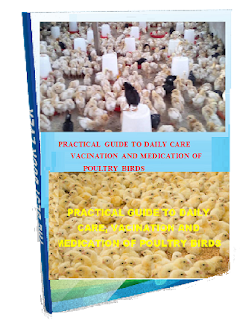IMPACTS OF CLIMATE CHANGE ON FISHERIES
American fishermen catch or harvest five million metric tons of
fish and shellfish each year. U.S. fisheries
contribute more than $1.55 billion to the economy annually (as of 2012). Many fisheries
already face multiple stresses, including overfishing and water pollution.
Climate change may worsen these stresses. In particular, temperature changes
could lead to significant impacts.
The ranges of many fish and shellfish species may change. In waters off the northeastern United States, several economically important species have shifted northward since the late 1960s. The three species shown in [the figure to the left] (American lobster, red hake, and black sea bass) have moved northward by an average of 119 miles.
·
Many aquatic species can find colder areas of streams and
lakes or move north along the coast or in the ocean. Nevertheless, moving into
new areas may put these species into competition with other species over food
and other resources, as explained on the Ecosystems Impacts page.
·
Changes in temperature and seasons can affect the timing of
reproduction and migration. Many steps within an aquatic animal's lifecycle are
controlled by temperature and the changing of the seasons. For example, in the
Northwest warmer water temperatures may affect the lifecycle of salmon and
increase the likelihood of disease. Combined with other climate impacts, these
effects are projected to lead to large declines in salmon populations.
In addition to warming, the world's oceans are gradually becoming
more acidic due to increases in atmospheric carbon dioxide (CO2).
Increasing acidity could harm shellfish by weakening their shells, which are
created by removing calcium from seawater. [10] Acidification
also threatens the structures of sensitive ecosystems upon which some fish and
shellfish rely.



Comments
Post a Comment